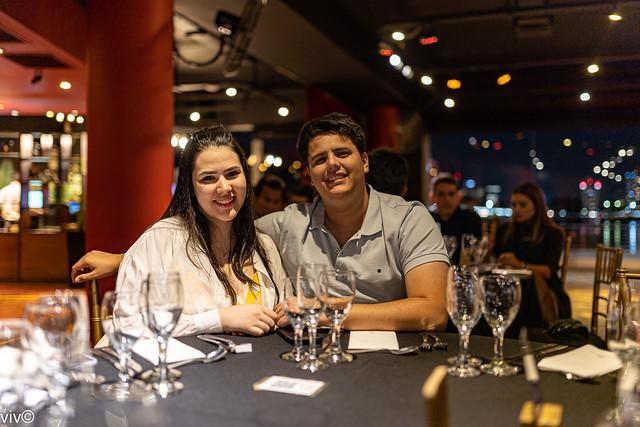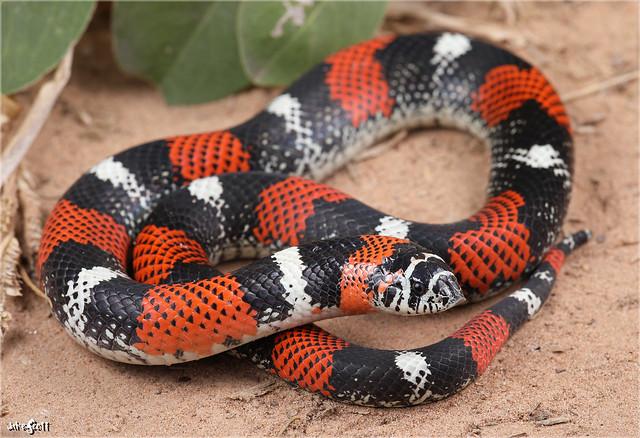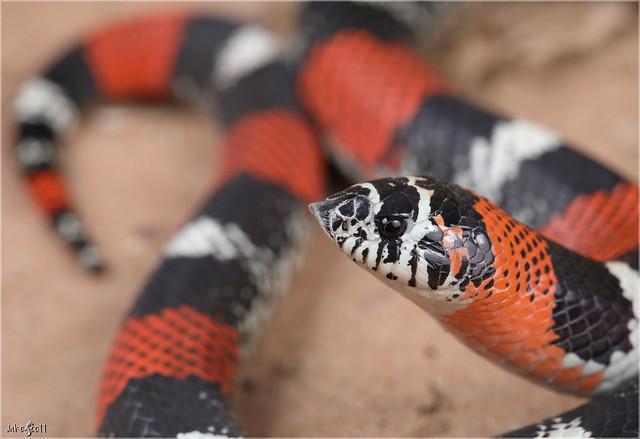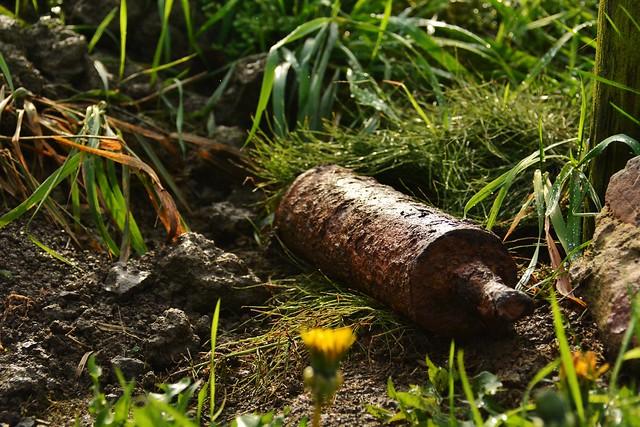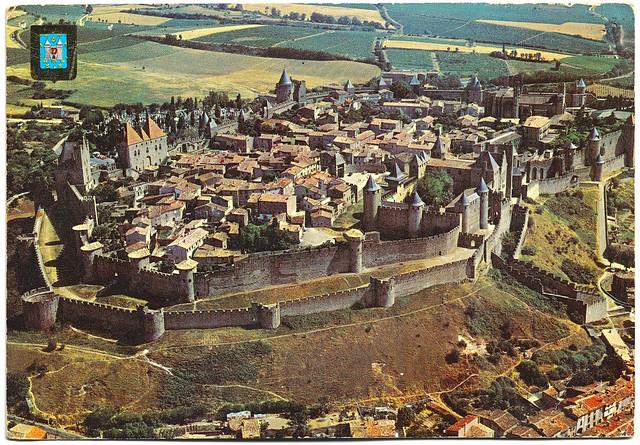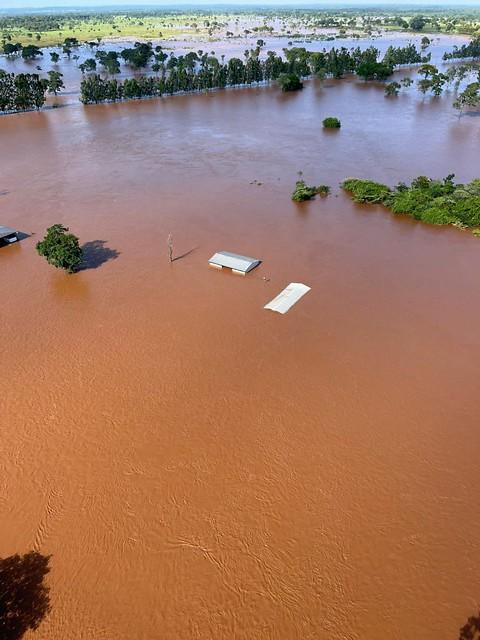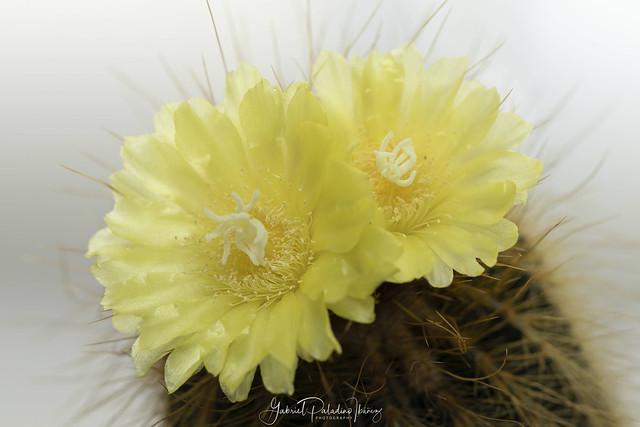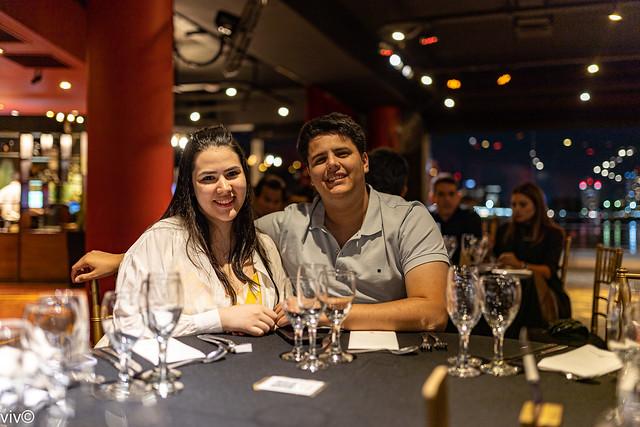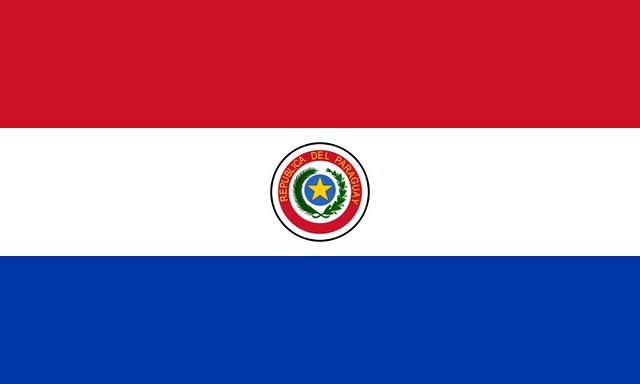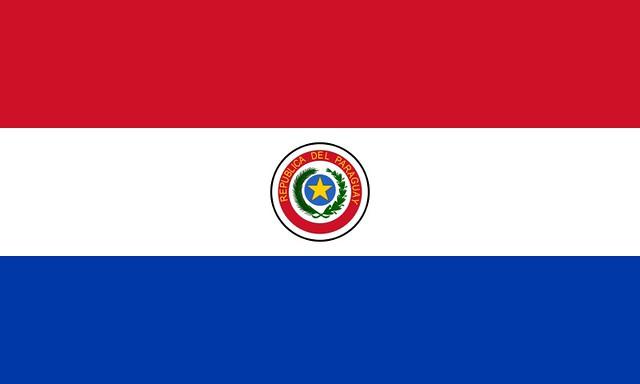Boquerón Department
Overview
Overview of Boquerón Department, Paraguay
Boquerón Department is one of the most intriguing regions in Paraguay, largely due to its rich cultural tapestry and diverse ecosystem. Situated in the western part of the country, it encompasses a significant portion of the Gran Chaco, a vast semi-arid plain that is less frequented by tourists and offers a unique glimpse into indigenous cultures and wildlife. The department is home to several indigenous communities, including the Nivaclé, Maká, and Ayoreo, each with their own distinct languages and traditions. The capital city, Filadelfia, is a hub of Mennonite culture, offering a contrasting experience with its well-established infrastructure, museums, and dairy products. This blend of indigenous and immigrant cultures makes Boquerón a unique destination for those interested in experiencing a blend of traditional and modern lifestyles.
Best Time to Visit and Activities
The high season for tourism in Boquerón Department typically runs from June to September, during the winter months when the weather is cooler and more bearable. This period avoids the intense heat and humidity characteristic of the summer months in the Chaco. During this time, visitors can engage in a variety of outdoor activities such as bird watching, hiking, and exploring the vast wilderness of the Chaco. The region's flora and fauna are especially appealing to nature enthusiasts, with opportunities to spot unique species such as the Chacoan peccary, which is endemic to the area. Cultural festivals showcasing indigenous and Mennonite traditions are also highlights, providing insight into the local customs and way of life.
Preparation for Travelers
Travelers planning to visit Boquerón should prepare for a range of conditions and ensure they are well-equipped for the region's environment. It's important to pack lightweight, breathable clothing to stay comfortable during the hot days, along with a sturdy pair of walking shoes for exploring the rugged terrain. Since some areas can be remote, carrying a reliable GPS device and a physical map can be crucial for navigation. Additionally, basic knowledge of Spanish or a translation app can help significantly, as English is not widely spoken, especially in rural areas. Health preparations are also key; ensure vaccinations are up to date, and pack a first aid kit along with any necessary medications. Finally, because access to amenities can be limited in more isolated areas, bringing sufficient water and snacks is advisable.
How It Becomes to This
History not available

You May Like
Explore other interesting states in Paraguay
Discover More Area
Delve into more destinations within this state and uncover hidden gems.


